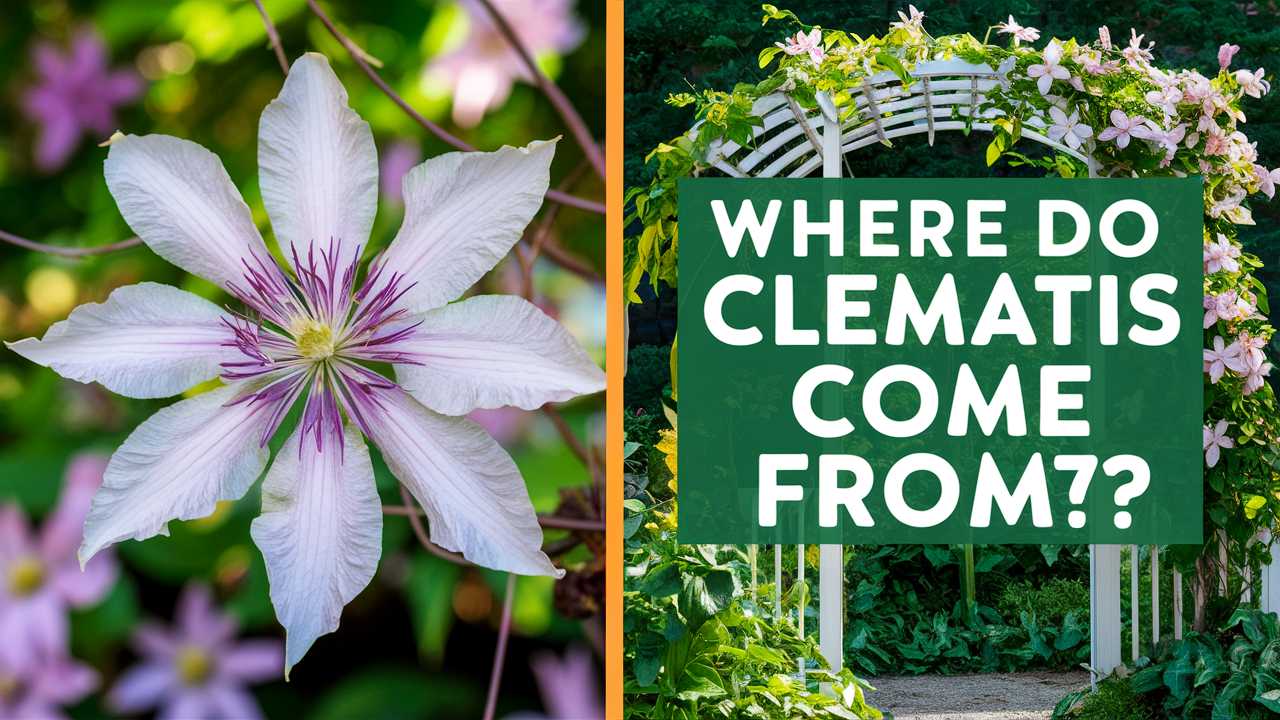Clematis, often referred to as the “queen of the climbing plants,” is a genus of flowering plants that captures the hearts of gardeners and nature enthusiasts alike. Their vibrant blooms, climbing capabilities, and diverse varieties make them a staple in gardens around the world.
But have you ever wondered where these enchanting plants originate? Join me as we journey through history, geography, and horticulture to unravel the origins of clematis.
The Botanical Background of Clematis

To truly appreciate where clematis comes from, we must first understand what it is. The genus Clematis belongs to the Ranunculaceae family, which also includes plants like buttercups and peonies. This extensive genus boasts over 300 species and numerous hybrids and cultivars, each exhibiting unique characteristics and floral forms.
Clematis is predominantly a woody-stemmed plant that can be categorized into various types based on growth habits, flowering seasons, and flower shapes. Understanding these classifications helps us gain insight into the environmental needs and native habitats of specific clematis species.
Native Regions: A Geographic Exploration
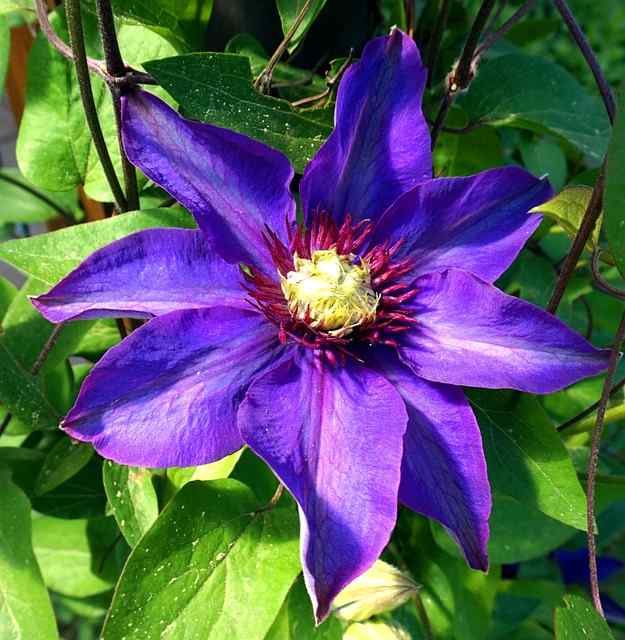
Clematis species are not confined to a single region; instead, they are native to various parts of the world, each adapting to its unique environment.
Europe and Asia
Many of the clematis species we are familiar with today stem from Europe and Asia. For instance, Clematis viticella, commonly known as the Italian clematis, originates from Europe and is cherished for its bright purple and violet flowers. This plant thrives in sunny environments and well-drained soil, showcasing the adaptability of clematis to different ecosystems.
Another notable species, Clematis montana, hails from the mountainous regions of Asia, particularly the Himalayas. This vigorous climber features fragrant flowers and can cover large areas with its dense foliage. Its native habitats are often rocky slopes and forest edges, showcasing clematis’s ability to adapt to both sunny and shaded environments.
North America
In North America, clematis can be found in the wild, further expanding our understanding of their origins. The native species Clematis terniflora, also known as sweet autumn clematis, is admired for its prolific white flowers and sweet scent, attracting bees and butterflies. Found primarily in the eastern United States, this species thrives in a variety of habitats, from woodlands to fence lines, demonstrating the resilience and adaptability of clematis in different ecosystems.
Australia and New Zealand
Clematis is not exclusive to the Northern Hemisphere; it also has roots in Australia and New Zealand. Species like Clematis aristata, commonly referred to as the native clematis, can be found in the forests of Australia. These climbers have adapted to the unique climatic conditions of the continent, offering diverse flower shapes and colors native to the region.
Historical Significance: The Cultural Journey of Clematis

The story of clematis is not just one of botanical interest; it is intrinsically linked to human culture and history. As we delve deeper into the timeline of clematis cultivation, we will discover how these plants have woven themselves into various societies.
Ancient Uses and Symbolism
Historically, clematis has held significant cultural meanings. In ancient Greece, the plant symbolized mental beauty and was employed in various medicinal preparations. Its delicate flowers often adorned crowns and garlands, attributing to its aesthetic appeal.
In China, clematis flowers were significant in traditional medicine. The plant was utilized in various remedies, showcasing its value beyond its ornamental qualities. The Chinese consider clematis a symbol of cleverness, associating it with the intellect and scholarly pursuits.
Clematis in Victorian Gardens
The Victorian era was a golden age for gardens, and clematis found its place among the floral displays of that time. The fascination with botany led to the breeding and hybridization of many clematis varieties. Garden enthusiasts and horticulturists like Josephine Knorr conducted extensive experiments, introducing new cultivars that showcased an expansive palette of colors and forms.
During this period, clematis became a staple in English cottage gardens. The climbing plants cascaded over trellises, fences, and arbours, beautifully complementing the burgeoning interest in colorful bedding plants and structured garden designs.
The Horticultural Evolution of Clematis
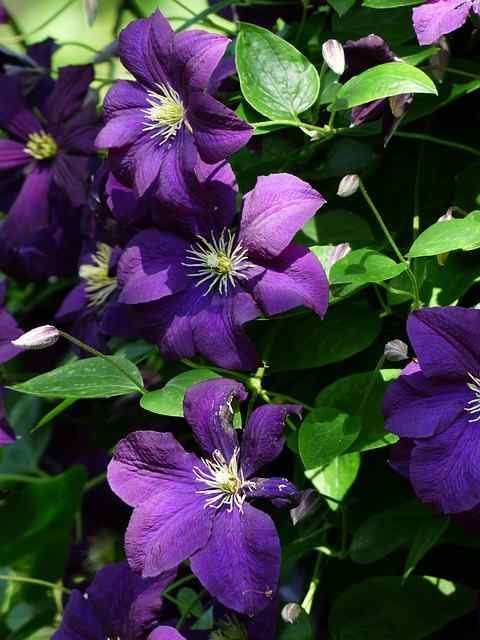
Understanding the evolution of clematis requires a look at horticultural practices that have shaped these plants into the stunning varieties we see today.
Selective Breeding and Hybridization
The art of breeding clematis has been a fascinating journey that continues to this day. Horticulturists have crossed various species to create hybrids with desirable traits such as larger flowers, extended blooming periods, and improved resistance to pests and diseases.
For example, Clematis x jackmanii, a hybrid developed in the 19th century, is well-loved for its rich purple flowers and vigorous growth. This particular hybrid has become a staple in many gardens, demonstrating how selective breeding can meet both functional and aesthetic gardening needs.
Breeders are also focusing on creating clematis varieties that adapt to different climate zones, allowing gardeners from various regions to enjoy these versatile plants. The ongoing research and innovation in clematis breeding point to a bright future for these beautiful climbers.
Propagation Methods
Horticulturists utilize various methods to propagate clematis, ensuring that new varieties can flourish. Common techniques include cuttings, layering, and division. Each method presents unique advantages and challenges, allowing gardeners to choose the best approach for their specific circumstances.
In recent years, advancements in tissue culture have also revolutionized clematis propagation. This technique allows for the rapid production of disease-free plants, ensuring high-quality stock for commercial and home growers alike.
Characteristics of Clematis: Adaptations to Their Environment
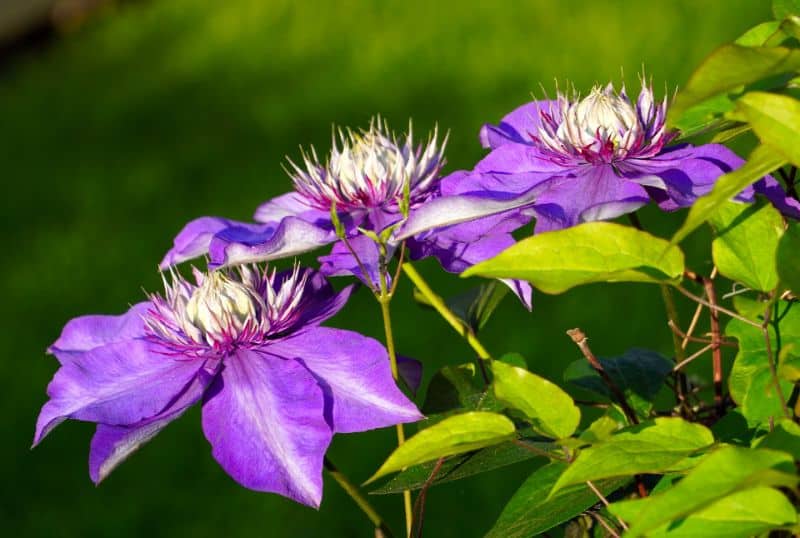
Clematis are remarkable plants, uniquely suited to thrive in a variety of environments. Their characteristics have enabled them to adapt and flourish in diverse climates, from temperate regions to tropical areas.
Climatic Versatility
Clematis can be found in areas ranging from cold mountainous regions to warmer temperate zones. Their ability to thrive in different climates is due in part to their varied growth habits. Some species prefer full sun, while others perform better in partial shade. Depending on the specific variety, clematis can bloom at different times of the year, enhancing their appeal across seasons.
For instance, Clematis japonica, native to Japan, prefers shaded areas and flowers in late summer to early autumn when many other plants begin to fade. This ability to adapt to specific light conditions underscores the ecological resilience of clematis as a genus.
Root Systems and Growth Habits
Another fascinating aspect of clematis is their root systems. Many species develop deep-root systems that allow them to access water and nutrients in tougher conditions. This deep anchorage also helps them withstand storms and heavy winds, making them resilient climbers.
Clematis can exhibit various growth habits, including climbing, trailing, or spreading. Some species, such as Clematis recta, are herbaceous, while others are woody climbers, showcasing the range of expressions within the genus. This versatility allows gardeners to use them in numerous ways—training them over trellises, arbors, or even along fences to create stunning visual displays.
Garden Design: Using Clematis Effectively
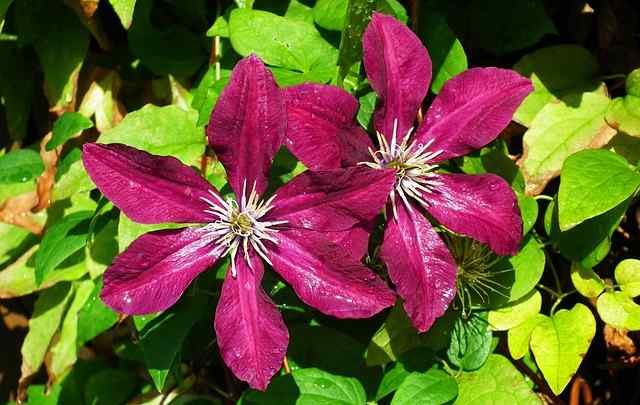
Once you understand where clematis comes from and the factors contributing to its diverse characteristics, it’s time to consider how you can incorporate these stunning plants into your own garden.
Choosing the Right Varieties
Selecting the right variety of clematis for your garden is essential. With so many options available—ranging from compact small-flowered varieties to vigorous climbers—there’s something for every gardener. For instance, Clematis ‘Nelly Moser’ offers large, eye-catching blooms and is ideal for a trellis in partial shade. Conversely, Clematis ‘Ernest Markham’ is a robust grower, perfect for covering walls or unsightly fences in full sun.
Companion Planting
Clematis pairs beautifully with a variety of companion plants. Consider combining it with climbing roses for a romantic effect or using it alongside garden shrubs like hydrangeas for a lush border. The mix of textures and colors enhances the visual appeal of your garden landscape and creates a layered, inviting environment.
Seasonal Interest
To maximize seasonal interest, choose clematis varieties that bloom at different times throughout the season. Early bloomers like Clematis alpina can be paired with late bloomers like Clematis paniculata to ensure that you have color in your garden from spring through autumn. This approach not only enhances the aesthetic appeal but also supports pollinators by providing them with nectar sources throughout various seasons.
Challenges and Care: Maintaining Your Clematis
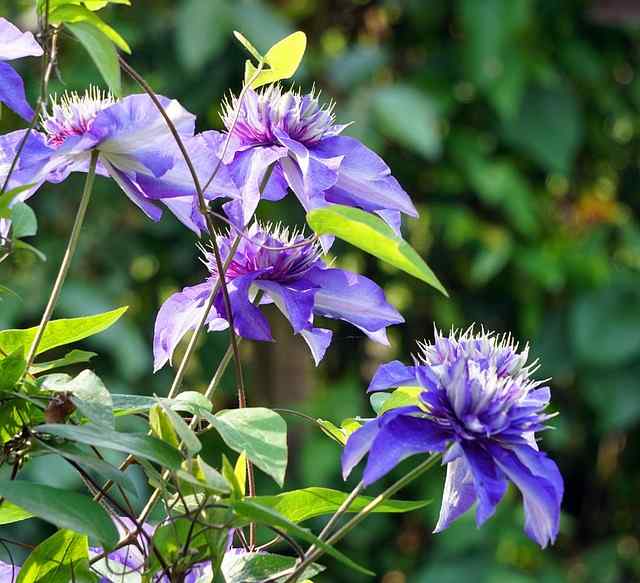
Clematis, while stunning, can present challenges for gardeners. Proper care and attention can help mitigate these difficulties and ensure that your clematis thrives.
Common Pests and Diseases
Clematis plants are susceptible to a few common pests and diseases, such as aphids, slugs, and powdery mildew. Regular inspections and appropriate treatments can help keep these issues at bay. Organic methods, like using insecticidal soap for pest control or ensuring proper airflow around the plants, can go a long way in maintaining healthy growth.
Pruning Techniques
Pruning clematis correctly is essential for optimal flowering. Different species have distinct pruning requirements, generally categorized into three groups based on their blooming patterns. Learning the specific needs of your clematis variety can enhance its blooming potential and longevity in your garden.
Group 1 clematis typically blooms in early spring and requires minimal pruning. Group 2 blooms twice, in spring and late summer, and can benefit from some pruning after the initial bloom. Group 3 varieties flower on current year’s growth and require more aggressive pruning in late winter or early spring to encourage strong new growth.
Soil and Watering
All clematis appreciate well-drained soil rich in organic matter. Incorporating compost into planting sites can boost growth. They also need adequate moisture, so regular watering during dry spells is crucial, particularly for newly planted specimens. However, overly saturated soil can lead to root rot, so it’s essential to find the right balance.
Conclusion: Clematis’ Journey from Origin to Cultivation
As we draw our exploration of clematis to a close, it is evident that these plants come from a rich tapestry of geographical, cultural, and horticultural backgrounds. Their origins, ranging from the disparate corners of Europe and Asia to the wilds of North America, contribute to the diversity we enjoy today.


